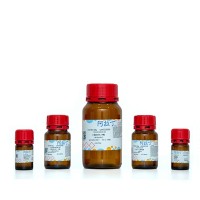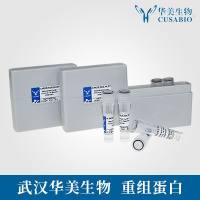High Resolution and Metastable Mass Spectrometry of Biogenic Amines and Metabolites
互联网
551
Mass spectrometry (MS) is now widely used in the neurosciences to identify and quantify a variety of biogenic compounds. When used in combination with chromatography, i.e., packed column or high resolution capillary column gas chromatography (CC or HRGC) or thin layer chromatography (TLC), in either its low resolution (LRMS) or high resolution (HRMS) modes, it is capable of great precision and has been used to quantitate, at subnanomolar levels, the putative and associated neurotransmitters, their precursor amino acids, and then acidic and alcoholic metabolites. Mass spectrometric methods have been developed, in this and in other laboratories for the trace amines, phenylethylamine (PE) (Durden et al., 1973 , Willner et al., 1974 ; Anderson and Braestrup, 1977 ; Reynolds et al., 1978 , Edwards et al., 1979a , Karoum et al., 1979 ; Suzuki and Hattori, 1983 ), phenylethanolamine (PEOH) (Willner et al , 1974 ; Durden, 1978 , Edwards et al , 1979b ), meta -and para -tyramine (m -TA and p -TA) (Philips et al , 1974a , Philips et al., 1975 ; Edwards et al , 1979a , Karoum et al , 1979 ), ortho -, meta - and para -octopamine (o -OA, m -OA, p -OA) (Buck et al., 1977 ; Williams and Couch, 1978 , Durden et al , 1980 , Duffield et al., 1981 ), meta - and para -synephrme (m -SYN and +p-SYN) (Durden et al., 1978 , Midgley et al , 1980 ) and tryptamine (T) (Philips et al , 1974b , Warsh et al., 1977b ; Artigas and Gelpi, 1979 )







